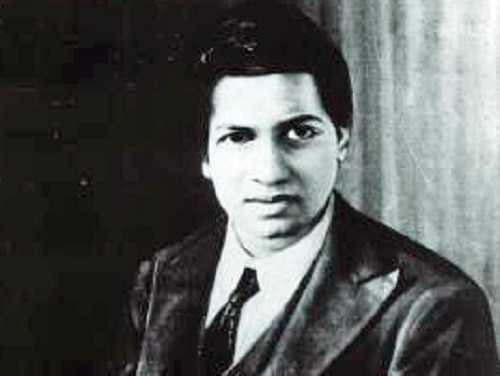125th Anniversary of Mathematical Genius Srinivasa Ramanujan Celebrated

This year marks the 125<sup>th anniversary of the birth of Srinivasa Ramanujan, who became one of the greatest mathematical geniuses of all time.
Born to a poor family in Tamil Nadu, South India, on 22 December, 1887, Ramanujan was largely self-taught and was cut off from modern mathematical work of the time.
However, he managed to produce observations and results that would rank him as one of the greatest contributors to mathematics ever.
Since his untimely death in 1920 - aged just 32 - his contribution to the science has been recognised internationally. There is an annual conference held in his home town every year, while three prizes and a research journal are named after him.
To mark the anniversary of his birth, the Notices of the American Mathematical Society is to publish Srinivasa Ramanujan: Going Strong at 125, which is a collection of articles by experts discussing the mathematician's legacy and his impact on current thinking.
Ramanujan had an innate familiarity with numbers and had an "awe inspiring" ability to calculate, providing him with an excellent understanding of numbers and their relationships.
On one occasion in 1914, Ramanujan visited Cambridge after being invited by the fellow mathematician G H Hardy. He spent several years there and one time, Hardy travelled in a taxi to visit Ramanujan.
Hardy remarked that the taxi had a very boring number; 1729. To this, Ramanujan replied: "No, it is a very interesting number; it is the smallest number expressible as the sum of two cubes in two different ways."
Since his death, a number of world-class mathematicians have devoted their lives to understanding Ramanujan's notebooks and, as a result, his impact continues to grow.
Ramanujan was granted a Bachelor of Science degree by Cambridge University in 1916 and he was elected as a Fellow of the Royal Society - the first Indian to receive this honour - in 1918.
He first fell ill in the UK during wartime shortages and was hospitalised in 1917. He recovered and returned to India, where his health deteriorated and he died shortly after.
© Copyright IBTimes 2025. All rights reserved.






















